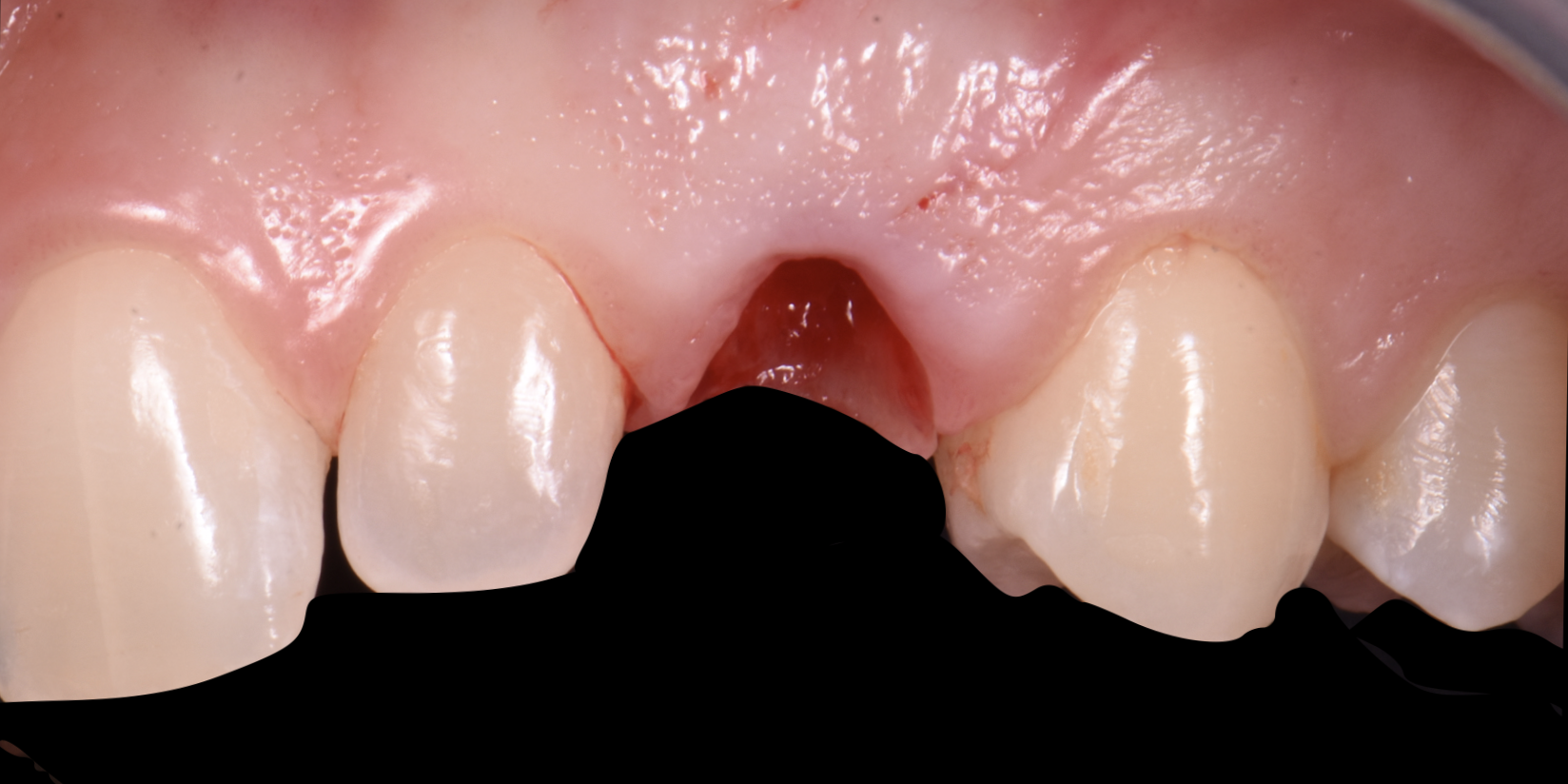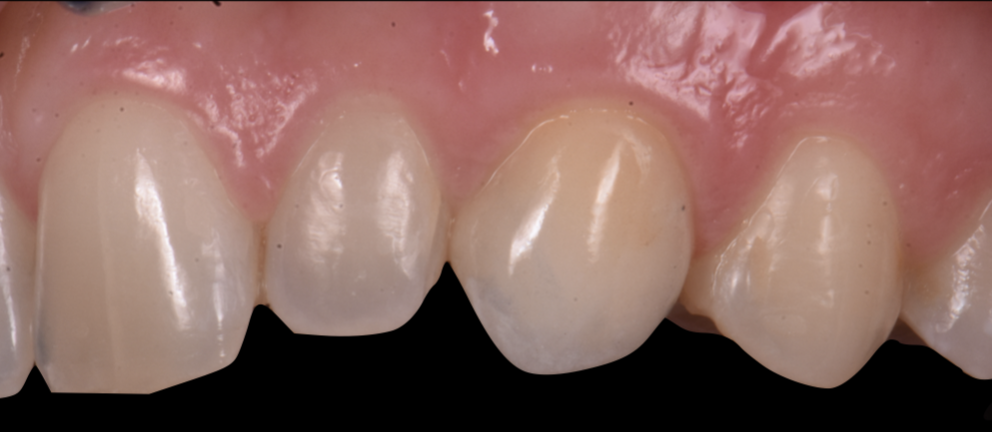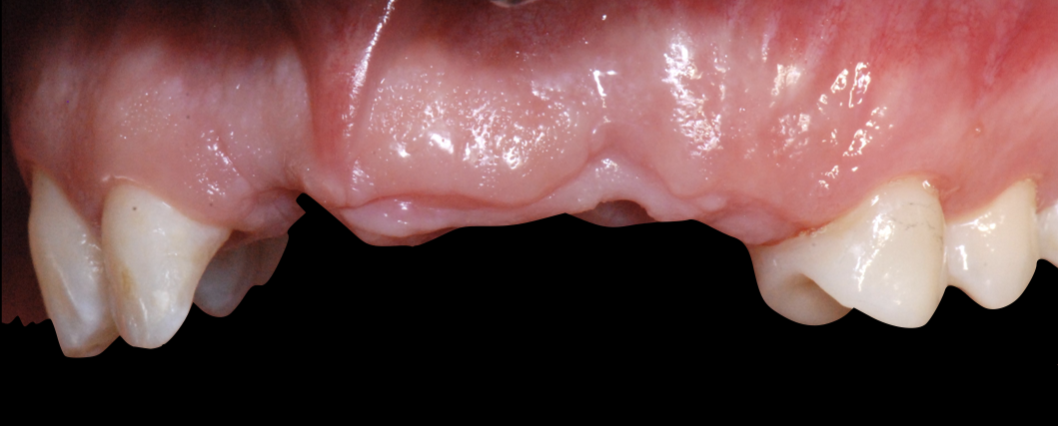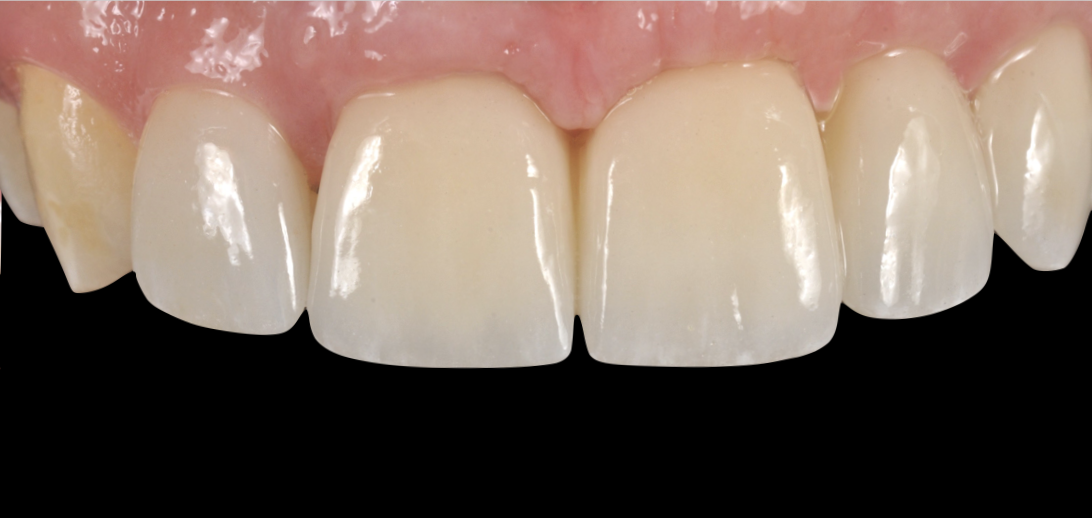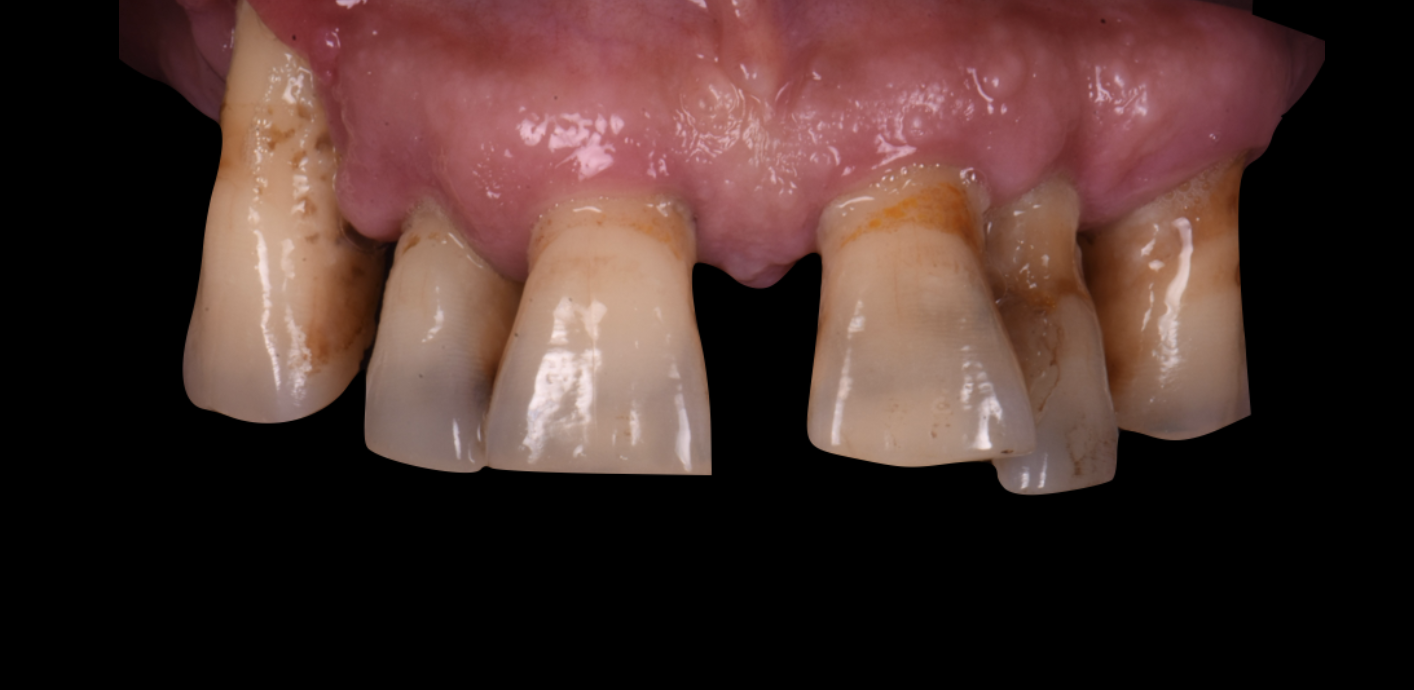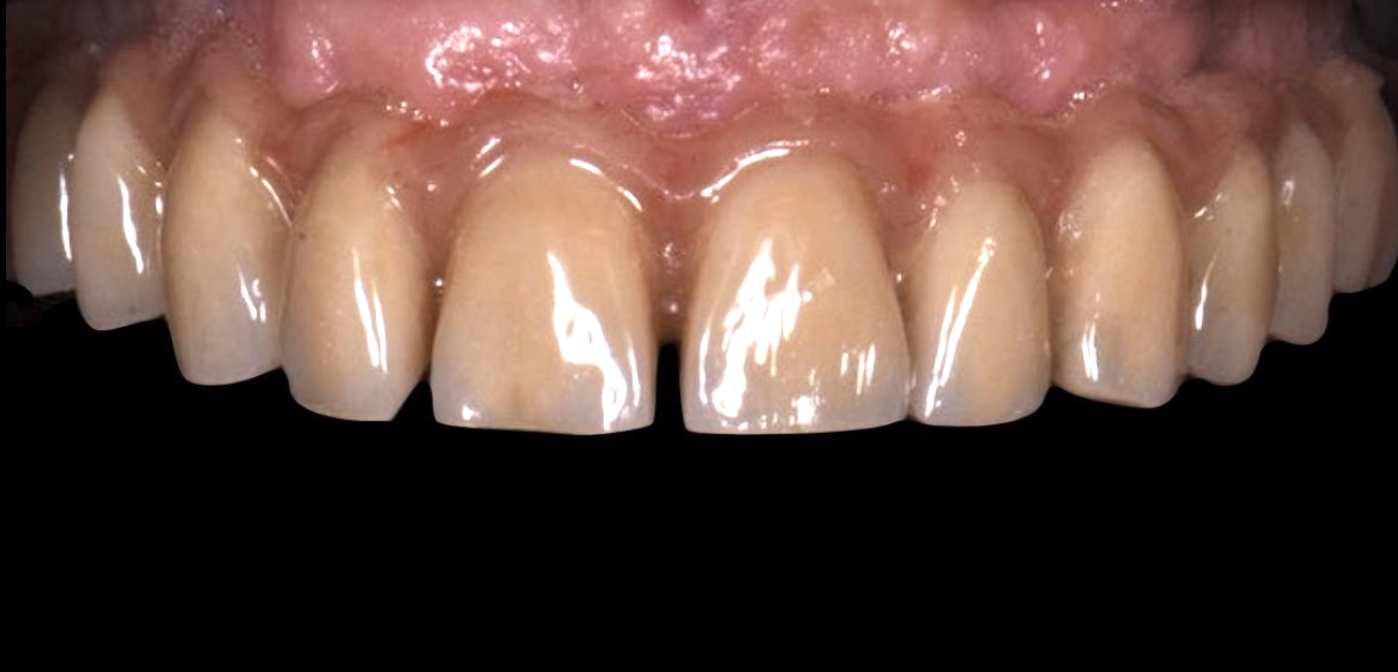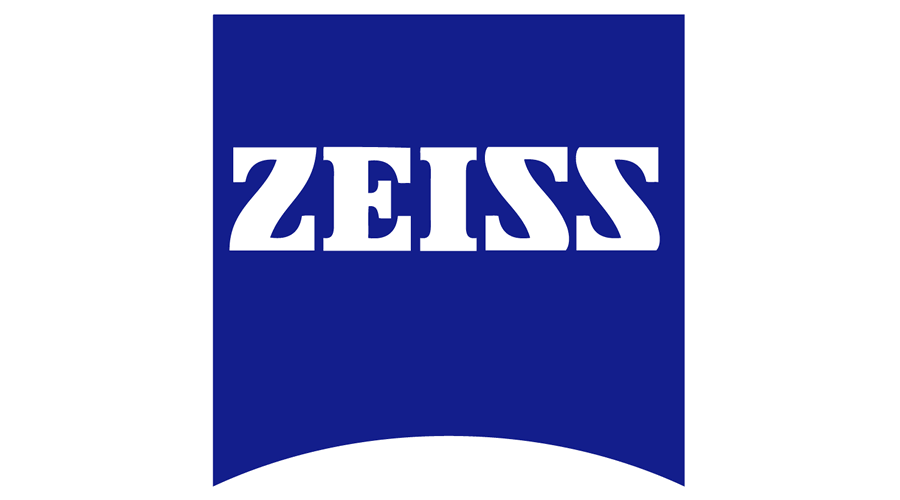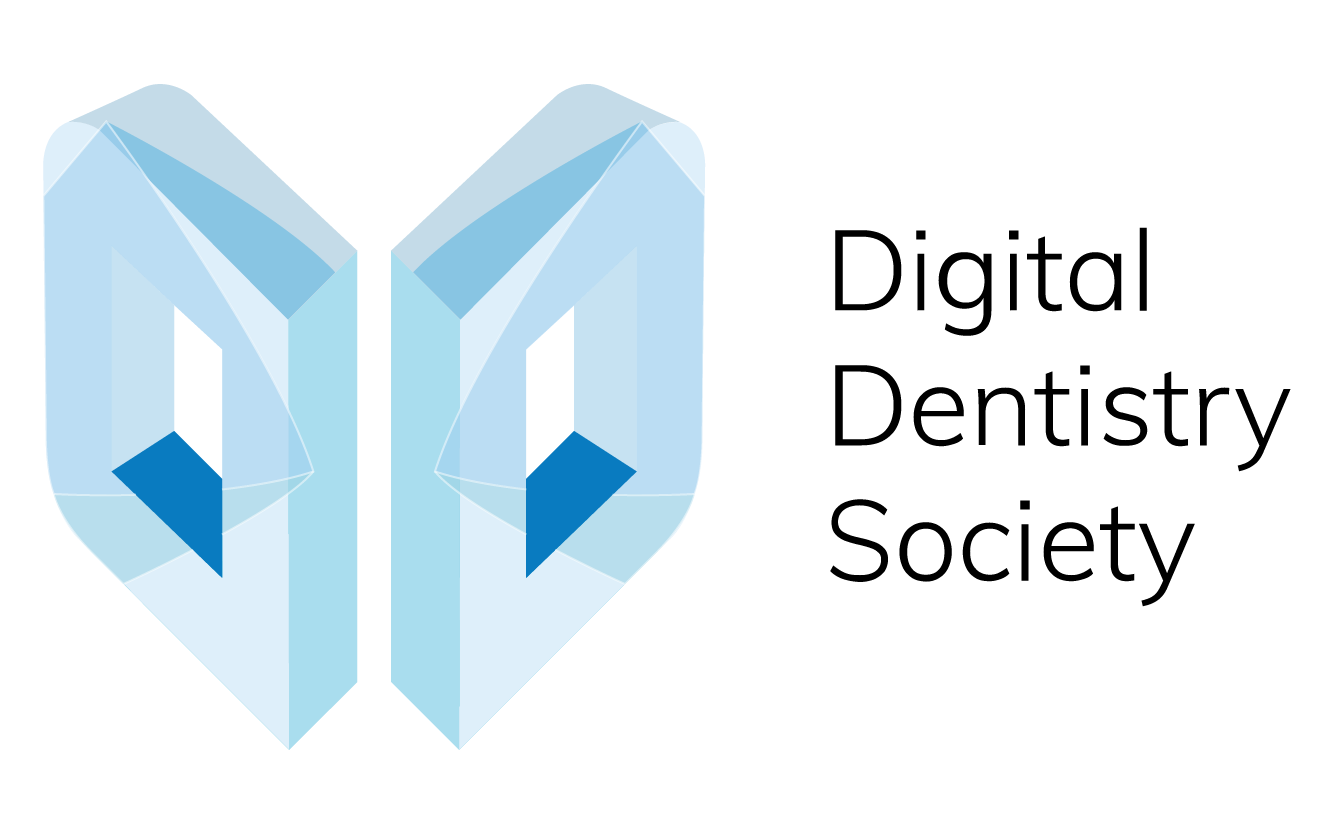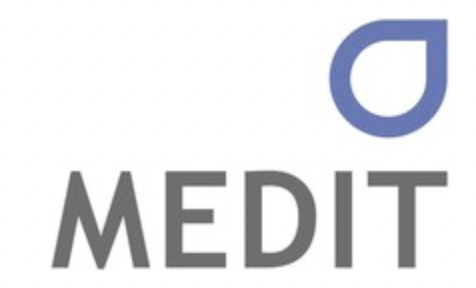Computer-guided surgery in dental implantology is an advanced technique that utilizes computer technology to plan and execute surgical procedures for implant placement with precision and customization. This approach has revolutionized the field of dental implantology, offering numerous benefits in terms of accuracy, safety, and recovery times for patients.
History:
1980s: The early stages of guided surgery for dental implants began in the 1980s with the development of computer-assisted planning software. However, the technology was still in its infancy and had not yet achieved widespread use.
1990s: During the 1990s, computer technology continued to evolve, and computed tomography (CT) systems were introduced to obtain detailed three-dimensional images of the jaw and teeth. This allowed surgeons to plan interventions with greater accuracy.
2000s: Guided surgery made significant advancements with the advent of advanced imaging techniques, such as cone beam computed tomography (CBCT). This technology enabled high-resolution imaging with minimal radiation exposure, further improving the precision of planning.
Mid-2000s: The first computer-guided surgery systems began to be commercialized and used in the dental field. These systems integrated radiographic data with digital patient models, allowing surgeons to virtually plan implants before the actual procedure.
Late 2000s – Early 2010s: Technology continued to improve with the introduction of intraoperative navigation systems that guide the surgeon in real-time during the procedure. These systems allow for greater precision in implant placement and reduce the possibility of errors.
Present Day: Computer-guided surgery is widely accepted and used in dental practice. Modern systems integrate advanced software, high-resolution diagnostic images, and intraoperative guidance, offering a personalized and precise approach for each patient.
In summary, the history of computer-guided surgery in dental implantology reflects a constant technological development that has radically transformed the approach to planning and executing implant interventions, leading to more predictable and satisfactory results for both patients and professionals.
Benefits:
High Precision: Computerized imaging technology allows for detailed and precise planning of dental implants. This level of precision minimizes errors and increases the chances of successful intervention.
Advanced Preoperative Planning: Dentists can use specialized software to plan the entire procedure before it begins. This allows for the precise identification of the optimal implant position based on the quantity and quality of available bone.
Surgical Guidance: During the procedure, a surgical guide specifically designed based on preoperative planning is used. This guide helps the surgeon place the implant exactly in the planned position, reducing the risk of deviations.
Less Invasiveness: The precision of computer-guided surgery often allows for less invasive procedures, reducing surgical trauma and recovery times for the patient.
Reduced Risk of Complications: Accurate planning and guidance during the procedure reduce the risk of damage to nerves, blood vessels, and other surrounding anatomical structures.
Customization: The technology allows for a more in-depth customization of the procedure based on the specific needs of the patient, considering the unique characteristics of their oral anatomy.
Improved Communication Among Professionals: Computer-guided surgery facilitates communication between the oral surgeon and the laboratory technician, allowing for better synchronization in the design and production of dental prosthetics.
Faster Recovery: Since the procedures can be less invasive, patients often experience faster recovery and less postoperative discomfort.
Better Control of Aesthetic Outcomes: Advanced planning also allows for control and prediction of the final aesthetic result, enabling the surgeon to place implants in a way that achieves optimal aesthetic outcomes.
Dr. Luongo Interview in National Television
